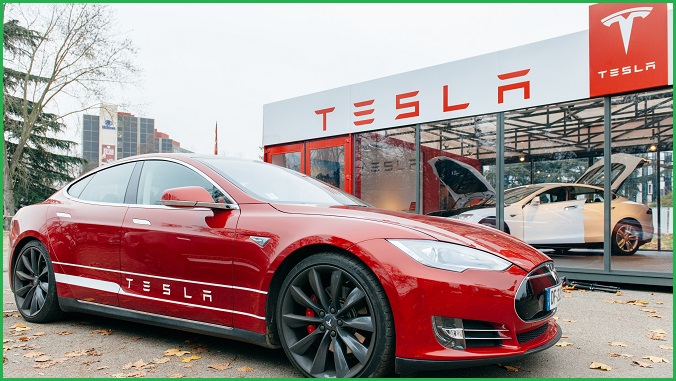Nearly 12,000 Tesla vehicles in the US have been recalled after the company discovered a potentially dangerous bug in its Full Self-Driving software.
The US National Highway Traffic Safety Administration (NHTSA) issued the recall of 11,704 cars this week following a recent firmware update was pushed to participants in the Full Self-Driving beta program.
That update caused a “software communication disconnect” between two on-board computers on the Tesla Models S, X, 3, and Y.
When the cars were waking up from low-power sleep modes, the “disconnect” meant “video neural networks that operate on that chip” may “run less consistently than expected,” according to the NHTSA.
A potential result of this bug was that cars may falsely detect a collision and apply the automatic emergency break.
“If the [automatic emergency break] system unexpectedly activates while driving, the risk of a rear-end collision from a following vehicle may increase,” the NHTSA said.
“We are not aware of any crashes or injuries related to this condition.”
Upon realisation that its new patch was causing this problem, Tesla cancelled the update for other cars and disabled the forward collision warnings and automatic emergency break features on affected vehicles.
Within two days, Tesla pushed out a software fix and re-enabled those features before voluntarily making the recall statement.
Mandatory recall notices
The recall notice is an important battleground between the US traffic safety regulator and Tesla which is trying to iterate its experimental new software on public roads.
In mid-October, the NHSTA wrote a letter to Tesla’s Director of Field Quality, Eddie Gates, reminding him of Tesla’s legal obligations to issue recall notices once it discovers faults.
“Any manufacturer issuing an over-the-air update that mitigates a defect that poses an unreasonable risk to motor vehicle safety is required to timely file an accompanying recall notice,” NHSTA Chief of Vehicle Defects Gregory Magno wrote.
In that instance, the NHTSA was responding to an update that fixed a problem with Tesla’s Autopilot feature which was causing its cars to hit emergency vehicles on the roadside – a problem the NHSTA had begun investigating in August.
The regulator demanded specific details about Tesla’s Emergency Light Detection Update, designed to make it so that vehicles could detect and respond to roadside emergency vehicles at night.
It also wanted the company to provide more information about cars that had received the Full Self-Driving beta software, threatening Tesla with civil penalties if it didn’t comply.
One trillion dollars
Tesla became one of the world’s most valuable companies last week when news of a deal with rental company Hertz tipped its market capitalisation above US$1 trillion.
Hertz said it was buying 100,000 Teslas to add to its fleet – a deal Telsa CEO Elon Musk has cast doubt over through his favoured social media platform, Twitter.
Responding to a positive post about Tesla’s rising share price, Musk said he wanted to clarify that “no contract has been signed yet”.
“Tesla has far more demand than production, therefore we will only sell cars to Hertz for the same margin as to consumers,” Musk said.
“Hertz has zero effect on our economics.”
Musks’s tweet helped shave US$40 billion off his company’s value in early trading on Tuesday.
To make matters more confusing, Hertz’s Director of Communications, Lauren Luster, told CNBC that it was on target to get the 100,000 electric vehicles by the end of next year.
“Deliveries of the Teslas already have started,” Luster said.
“We are seeing very strong early demand for Teslas in our rental fleet, which reflects market demand for Tesla vehicles.”










